axios 笔记(一) 简单入门
又是前端必备知识的笔记。
HTTP
之前的笔记:HTTP 笔记 | 赤蓝紫 (clz.vercel.app)
1. 介绍
HTTP 是一种能够获取如 HTML 这样的网络资源的protocol(通讯协议)。它是在 Web 上进行数据交换的基础,是一种 client-server 协议,也就是说,请求通常是由像浏览器这样的接受方发起的。一个完整的 Web 文档通常是由不同的子文档拼接而成的,像是文本、布局描述、图片、视频、脚本等等。
文档:HTTP
2. HTTP 请求交互的基本过程
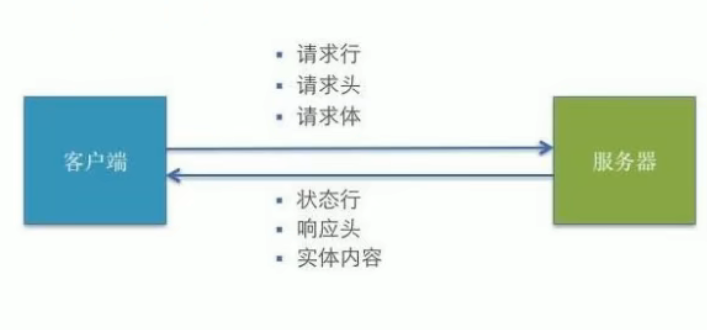
- 浏览器向服务器发送请求报文
- 后台服务器接收到请求后,调度服务器应用处理请求,向浏览器返回 HTTP 响应(响应报文)
- 浏览器接收到响应,解析显示响应体 / 调用监视回调
查看 HTTP 请求响应信息:DevTools Network 面板
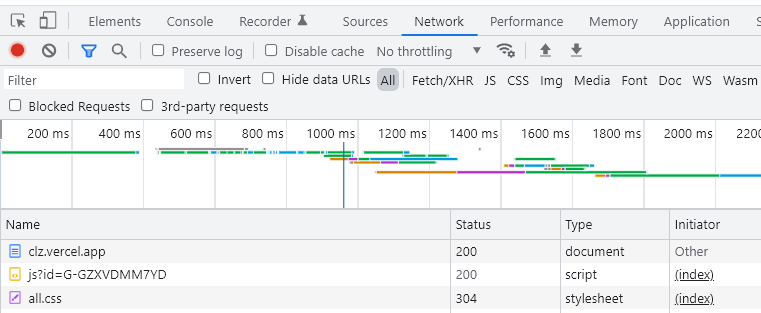
3. API 分类
3.1 REST API(restful)
- 发送请求进行 CRUD 哪个操作由请求方式来决定
- 同一个请求路径可以进行多个操作
- 请求方式会用到 GET / POST / PUT / DELETE 等
3.2 非 REST API(restless)
- 请求方式不决定请求的 CRUD 操作(甚至可以用 GET 请求进行删除操作)
- 一个请求路径只对应一个操作
- 请求方式一般只有 GET / POST
4. json-server 搭建 REST 接口
全局安装
1
npm install -g json-server新建
db.json文件1
2
3
4
5{
"posts": [{ "id": 1, "title": "json-server", "author": "typicode" }],
"comments": [{ "id": 1, "body": "some comment", "postId": 1 }],
"profile": { "name": "typicode" }
}开启服务器(支持热更新)
1
json-server --watch db.json打开
http://localhost:3000/,可以在 Resources 中看到所有的接口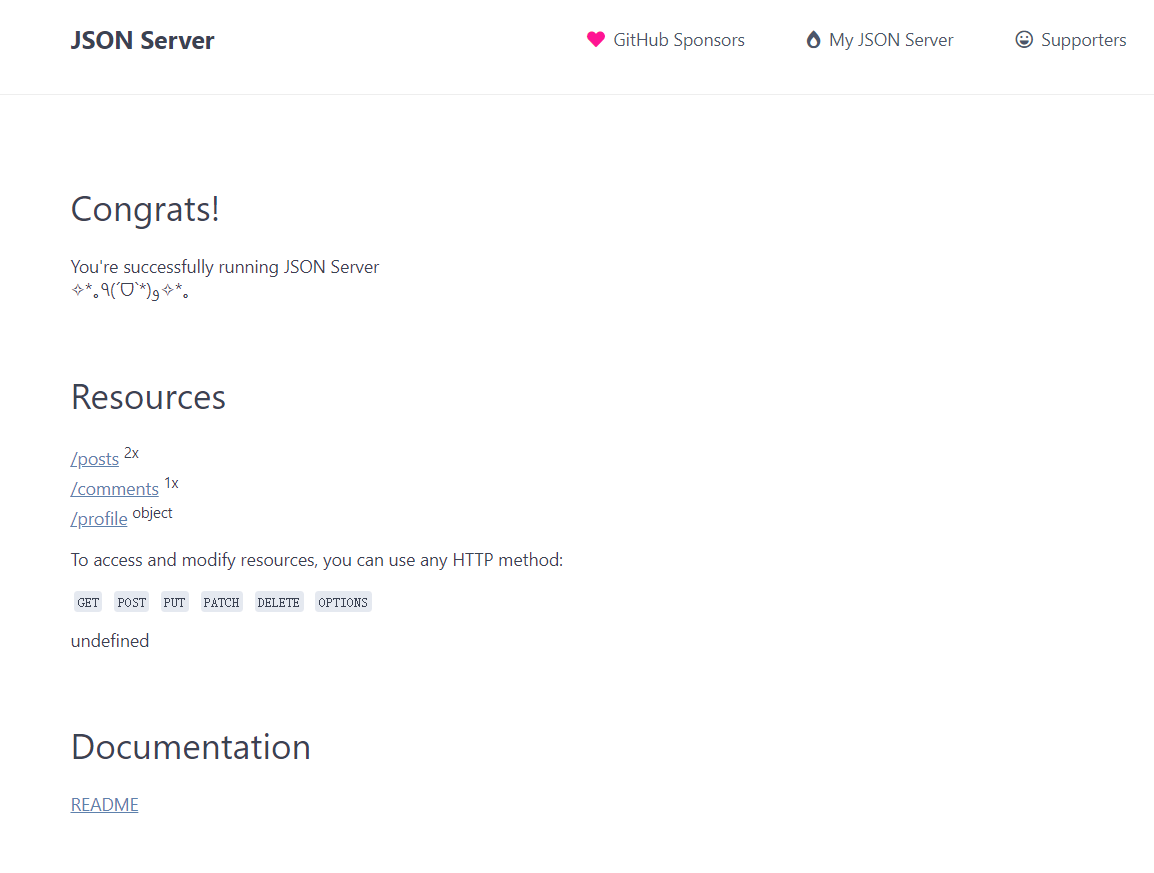
点击对应接口,可以获取对应数据
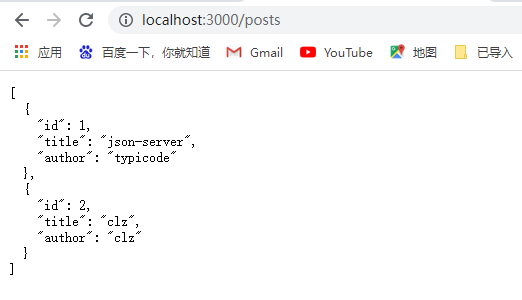
支持携带参数
params 参数
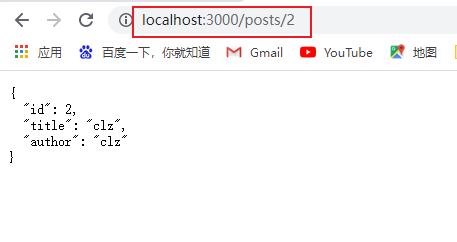
query 参数
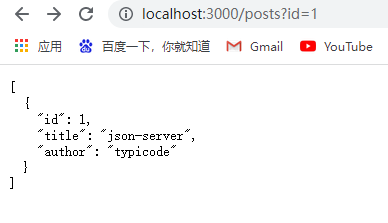
两种参数区别:query 参数是从所有的数据中筛选,所以最后是数组的形式;params 参数则是特定查找的形式,所以最后是对象的形式
使用 axios 请求 REST 接口
上面开启的服务器不要关
1 | |
XHR
1. 介绍
XMLHttpRequest(XHR)对象用于与服务器交互。通过 XMLHttpRequest 可以在不刷新页面的情况下请求特定 URL,获取数据。这允许网页在不影响用户操作的情况下,更新页面的局部内容。XMLHttpRequest在 AJAX 编程中被大量使用。
2. ajax 请求与一般的 http 请求
ajax 请求是一种特殊的 http 请求
对服务器端来说,没有任何请求,区别在于浏览器端(ajax 请求有专门的 ajax 引擎帮忙发送)
浏览器端发送请求,只有 XHR 或 fetch 发出的才是 ajax 请求,其他的都不是 ajax 请求
浏览器端接收到响应(一般请求浏览器会自动更新页面,而 ajax 请求需要手动更新)
一般请求:浏览器会直接显示响应体数据,即刷新/跳转页面
ajax 请求:浏览器不会对页面进行任何更新操作,而只是调用监视的回调函数并传入响应相关数据
3. 常用 API
XMLHttpRequest():创建 XHR 对象的构造函数
status:响应状态码,如 200、404 等
statusText:响应状态文本
readyState:标识请求状态的只读属性
0: 初始
1: open()之后
2: send()之后
3: 请求中
4: 请求完成
onreadystatechange:绑定 readyState 改变的监听
responseType:指定响应数据类型
timeout:指定请求超时时间,默认为 0,表示没有限制
open():初始化一个请求。参数为
(method, url [, async])send(data):发送请求
setRequestHeader(name, value):设置请求头
getResponseHeader(name):获取指定名称的响应头值
封装 axios
axios
1 | |
使用:
1 | |
发送 POST、PUT 等需要修改服务器端的资源的请求时会发送 OPTIONS 请求,查看是否能够修改,即预请求。而 GET 请求不需要,因为 GET 请求不需要修改服务器上的资源
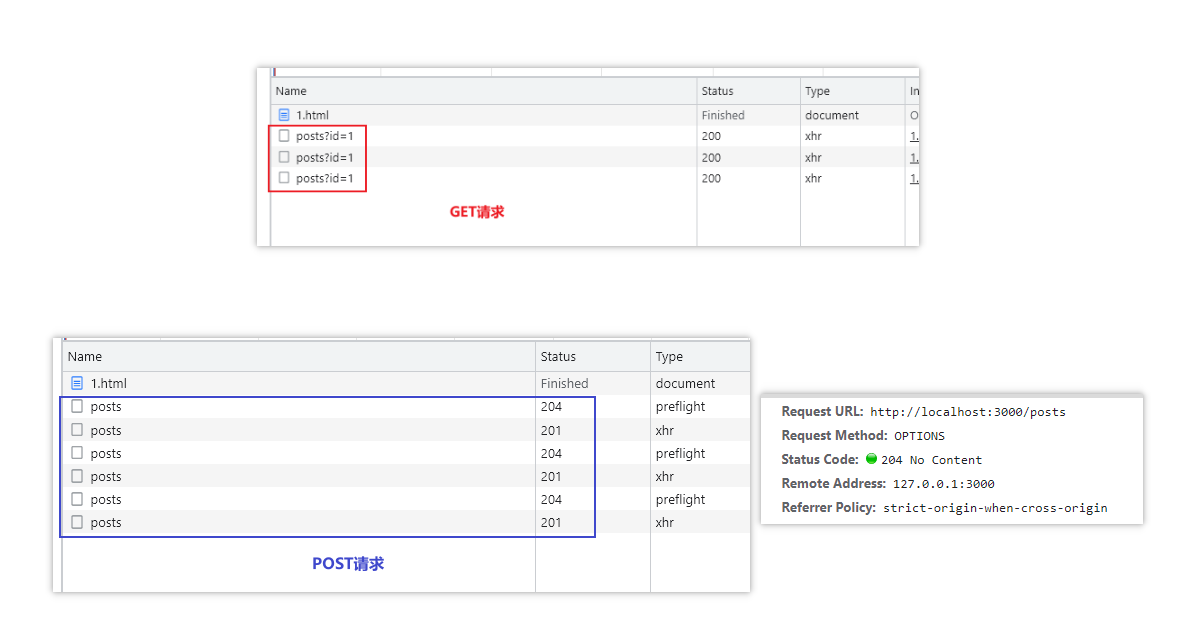
学习链接:尚硅谷_axios 核心技术



